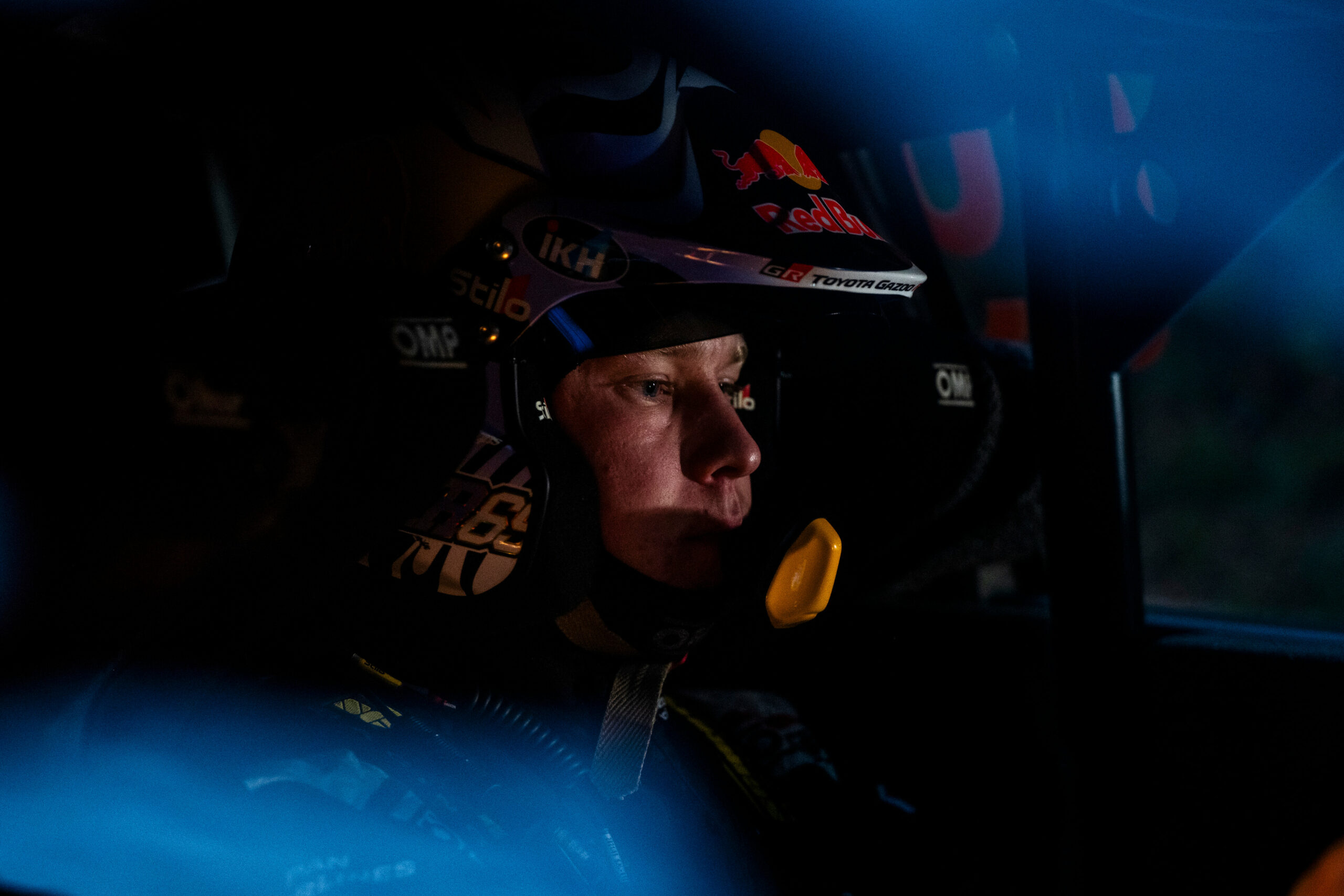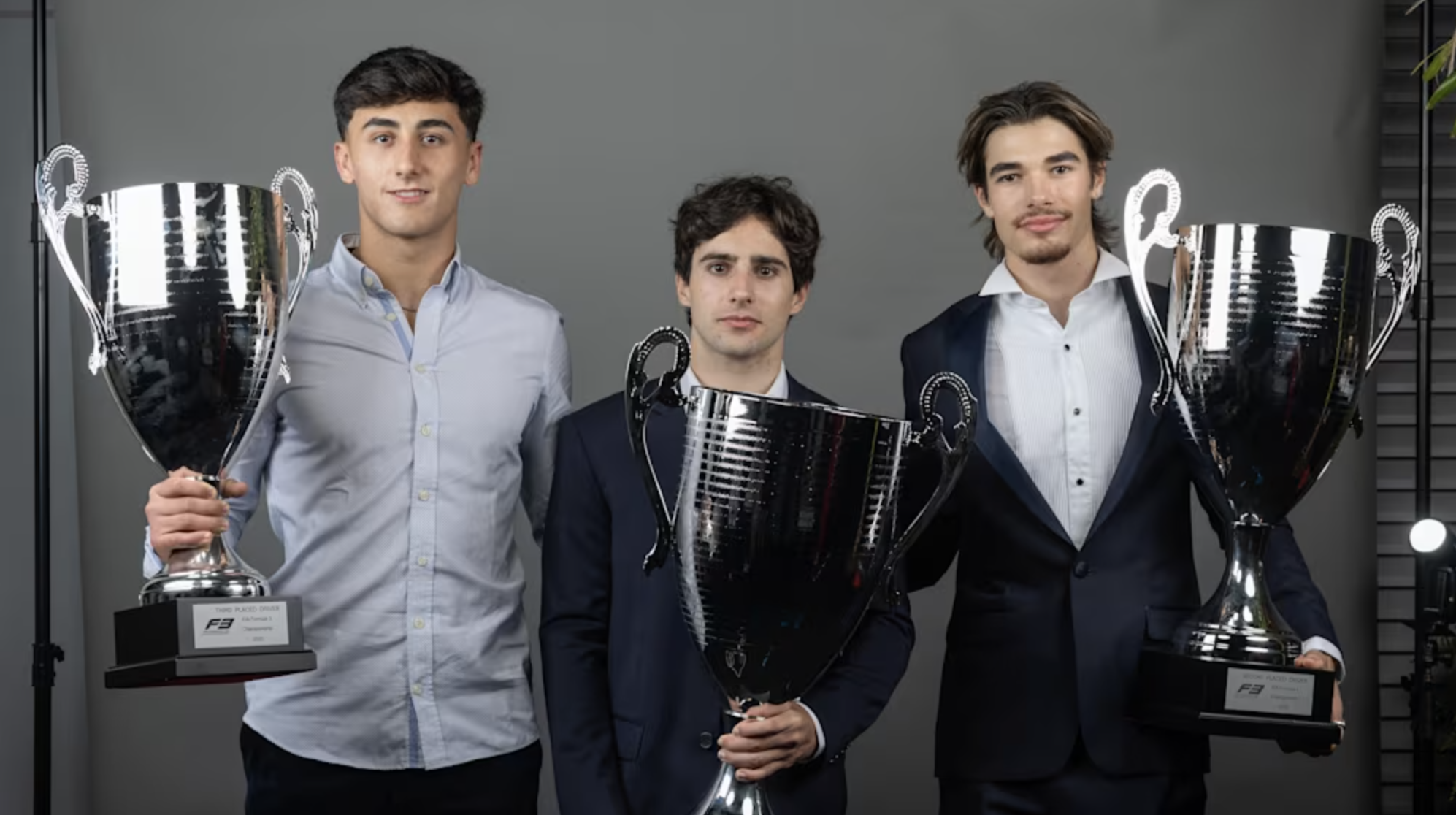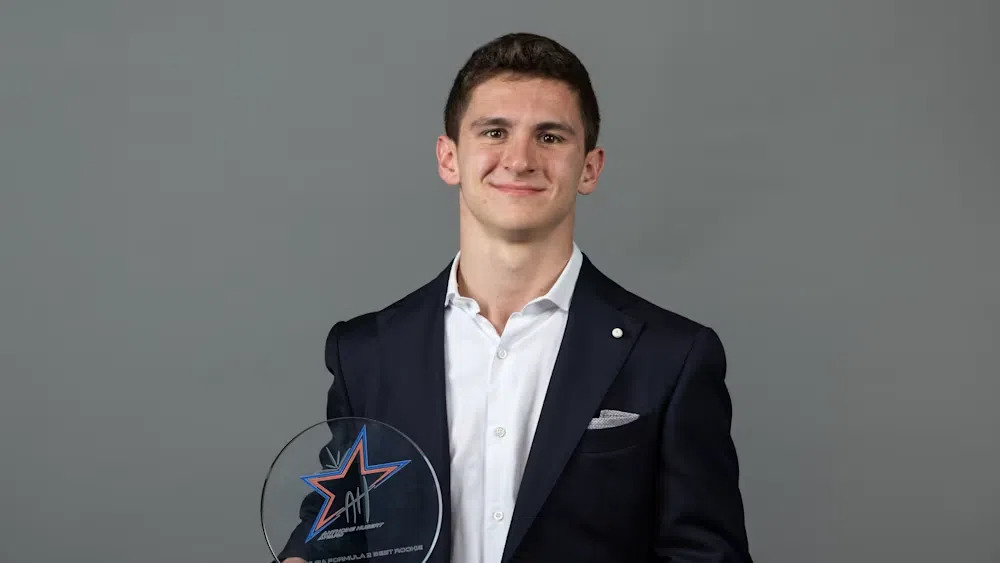Amid news of Kalle Rovanperä‘s switch from rally to single-seater racing, Fernando Alonso and Esteban Ocon spoke about the difficulties this series jump brings. Both long-time F1 drivers, the two have experience with exchanging one series for another.
Of Finnish origin, Kalle Rovanperä has two World Championships under his belt. As a Toyota Gazoo Racing WRT driver in the World Rally Championship, the Finn gathered attention to himself after he started his rally campaign unofficially at only eight years old. He went on to take part in his first rally at ten years old, before his official debut at the WRC in 2017.
With an extensive racing background, Rovanperä decided to retire from rally at the end of the 2025 season. Moving onto single-seater racing, the Finnish driver received support from his manufacturer, Toyota Gazoo Racing. Starting in 2026, he will compete in the Super Formula Championship.
Alonso’s predictions
Throughout his extensive racing career, Fernando Alonso dabbled in other categories except F1. During his campaigns in Endurance, IndyCar, and off-road racing, the Spaniard was forced to adapt to different cars and championships.
When he was questioned about Rovanperä’s announcement, Alonso recognised the hardships the Finn will have to face. Similar to Esteban Ocon’s opinion, Alonso was excited to hear about Kalle Rovanperä’s career switch.
“Yeah, no idea. I mean, curious to see how he does. He’s an incredibly talented driver that definitely he will face some challenges. It depends on the series that he will go into. But already from next year, I think it will be a pretty important challenge. I will follow with curiosity, but yeah, I don’t know.
“You’re right. It’s more difficult to see people doing that way, from rally to single-seater, than the other way around. So, it will be a good test.”
After he found out the Finnish driver plans to join Super Formula, Alonso spoke of the learning curve that comes with single-seater racing. Furthermore, he emphasised the need for simulator work in order to catch up to the pace:
“Yeah, even though I think he will not be sitting in the Super Formula for the very first time and finding the clutch and go to race for the first time. I think he will do lots of simulator days. And I guess a preparation with Junior Formula or something before you go to really the first heat on the Super Formula. So I guess he will have a progression on that.”
Experience with different racing competitions
The Spaniard’s track record puts him in a position of great expertise. Speaking of his personal challenges, Alonso went over his first time competing in a rally race. The Aston Martin driver highlighted the different skills needed for these specific categories.
“Yeah, very specific. All of them were different, and it takes time. It takes work and dedication for sure. The most difficult one was to rally. But also, endurance was different, and oval racing was extremely different as well.
“But yeah, rally was always playing with the two feet, brake and throttle for the whole time in a stage. And then the limits of the car and the limits of what you can do is shockingly different. Back then, for me, I was lucky. Because after the first couple of tests, I was able to jump with Giniel De Villiers or with Nasser Al Attiyah as a co-driver and then discover a new world of limits. They were showing me how to drive that car. And what the limit was, because I was well under that limit when I was driving alone.”
The possibility of an easier acustomming
Nevertheless, as Fernando Alonso pointed out, single-seater racing does not allow for a co-driver. This makes Rovanperä’s switch much more difficult, as both Alonso and Ocon explained. From the Spaniard’s point of view, the data teams hold in open-wheel competitions will help the Finn adapt:
“Obviously, in single-seaters, you don’t have that coach approach. That you cannot jump with some other driver and then see what the super-formula can do and things like that. So that’s a little bit more tricky.
“On the other side, I think single-seaters and these kind of teams, they have a lot of data and a lot of things you can study. On the rally or in Dakar, there is not that data available. So the only data or learning you can take is when you jump with someone else.”
Ocon’s expectations for Rovanperä
In accordance with Alonso, another opinion on Kalle Rovanperä’s move to Super Formula came from Esteban Ocon. The Haas driver has acquired some experience as well with rally after he accepted an opportunity in 2021 and 2023. Nonetheless, Ocon felt Rovanperä’s decision was understandable, proving to be quite intriguing:
“Yeah, I think, first of all, you know, it’s awesome. It’s going to be a story that I really follow closely. And I’ve been following him already when he was doing some Porsche Cup races, and seeing how he goes into that.
“Obviously, if I was him, I was winning already two titles in WRC and being so young. And having Toyota to support, definitely you want to try something else. So, yeah, I definitely think that’s a fantastic thing. But him, Colton Herta, it’s going to be quite interesting to see how they develop.”
Colton Herta is another surprising headline this year. The American has competed in IndyCar since 2018. Yet this year, he announced his promotion to Formula 2. With all these series changes, Herta and Rovanperä’s development throughout their new domains will be something to follow closely.
A tough challenge for the Finn
Furthermore, Esteban Ocon went on to explore the difficulties that Kalle Rovanperä is set to face. While the Finnish driver is a champion in his own category, switching to single-seater racing will require a different set of skills.
Ocon agreed with Fernando Alonso on this subject, stating that Rovanperä’s time in Super Formula will force him to adapt to unique requirements:
“I think Kalle [Rovanperä] is going to have much more of a tough task to learn. Because it’s a completely different sport. But, yeah, I mean, he’s done drift championships. He’s done a lot of car racing as well. I think, for training and track days, he’s going to have what he needs to relearn again how things are going and to get ready to perform straight away.
“But even with all the driving in the world, you need to adapt to these things. And it’s going to be interesting to really follow how it goes. Especially that he’s starting in one of the toughest championships, which is the Super Formula Championship.”
Rephrasing his earlier statement, Ocon explained that the Japanese competition cannot be rightfully compared to F2. From his point of view, the circuits in Super Formula can be more difficult to master:
“I’m not saying F2 is easier. But you get there and all these guys have been racing for years, they are professionals, into the Japanese tracks as well and into a different philosophy of… Because I don’t think… normally all the engineers speak English, etc. So, it’s going to be quite interesting to follow that and see how it goes.”
Going from F1 to other race series
With all the talk of switching from Rally to Formula 1, the French driver was questioned about going the other way around. From the brief moments in his racing career, Esteban Ocon explored the requirements rally racing needs from an F1 driver.
“I think going to, for our circuit driver going to Rally, I think the speed we have is more the consistency. The memory aspect of things is a big, big difference,” emphasised the Haas driver. Ocon gave a different perspective on the matter compared to Alonso’s, in response to questions about Rovanperä’s switch.
According to Esteban Ocon, a rally has drivers more focused on memorising the circuit than setting up the car itself. However, when a driver such as Rovanperä jumps into single-seaters, they have to take a detail-oriented approach:
“I did a day of Rally, I think, it was two years ago or last year. I didn’t do the recce and stuff. But it was quite difficult even doing the same stage again to memorise everything how they do. Because for them, memorising is more important than setting the car up or having everything to feel good. So, that’s the biggest difference.
“Once they get to circuit racing, it’s more the detail, more the feeling. More optimising the car and less the memory. So it’s completely different as a compromise. So, I mean, we’ve seen circuit drivers going to Rally being fast, but crashing a lot. On the other hand, Seb Ogier has done well also in the LMP2. But it’s going to be an interesting story.”





